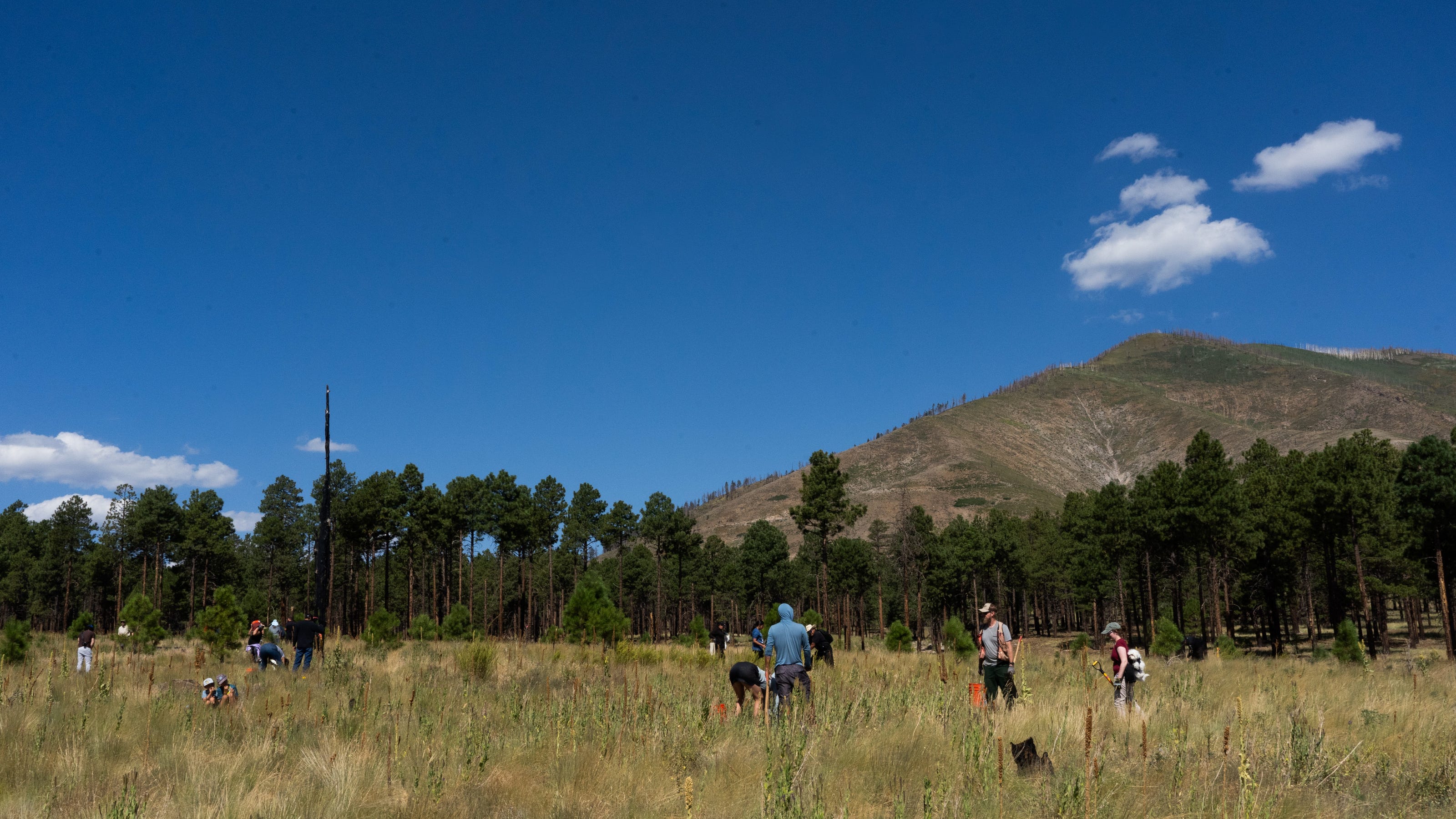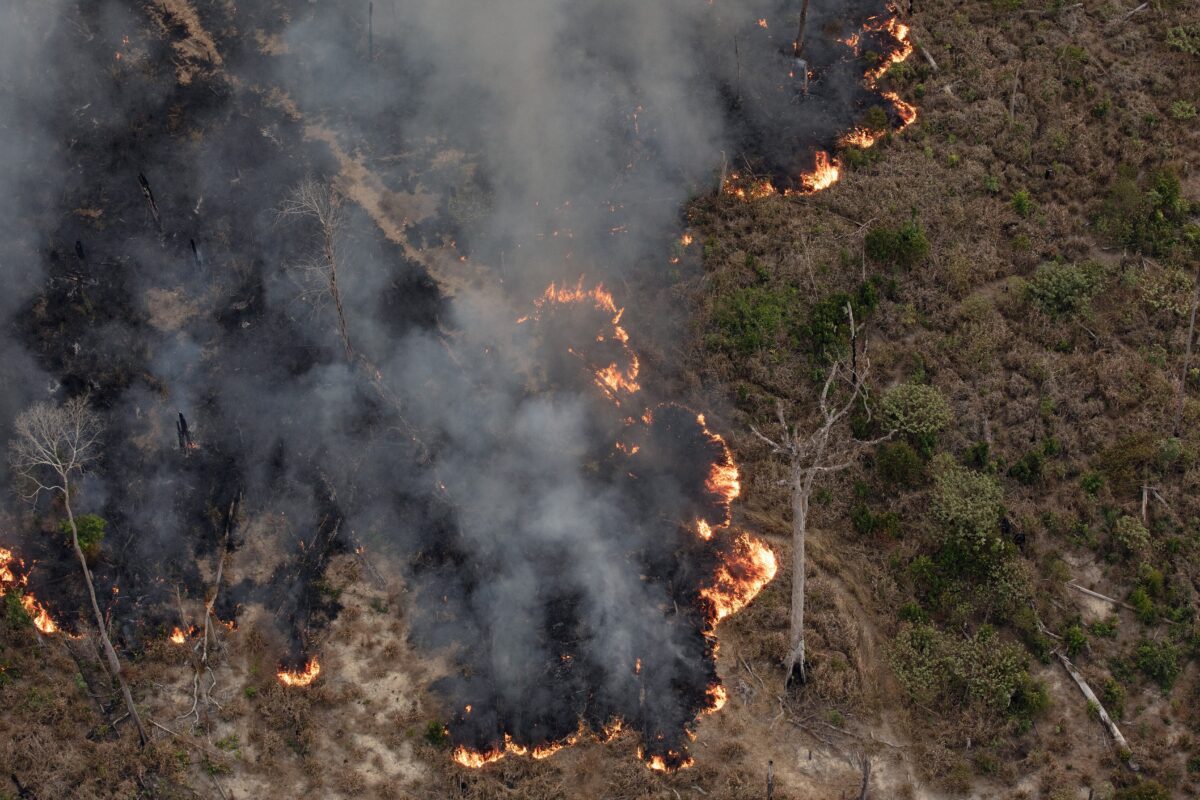Wilderness Under Siege: Trump Administration's Bold Move to Dismantle Roadless Protections

In a significant move for wilderness conservation, the U.S. Department of Agriculture (USDA) is inviting public input on a proposed policy change that could dramatically impact nearly 45 million acres of pristine federal lands. The agency is currently seeking comments on plans to lift a long-standing prohibition against road construction in these protected wilderness areas.
The proposed policy shift opens a critical window for public discourse, with stakeholders having until September 19th to share their perspectives on potential environmental and access implications. This initiative represents a pivotal moment for balancing conservation efforts with potential infrastructure development needs.
Environmentalists, land management experts, and local communities are encouraged to provide thoughtful feedback that could shape the future of these expansive, untouched landscapes. The USDA's transparent approach underscores its commitment to inclusive decision-making and careful consideration of diverse perspectives on wilderness preservation.
As the comment period progresses, the potential policy change continues to spark important conversations about the delicate balance between conservation, accessibility, and responsible land management.








